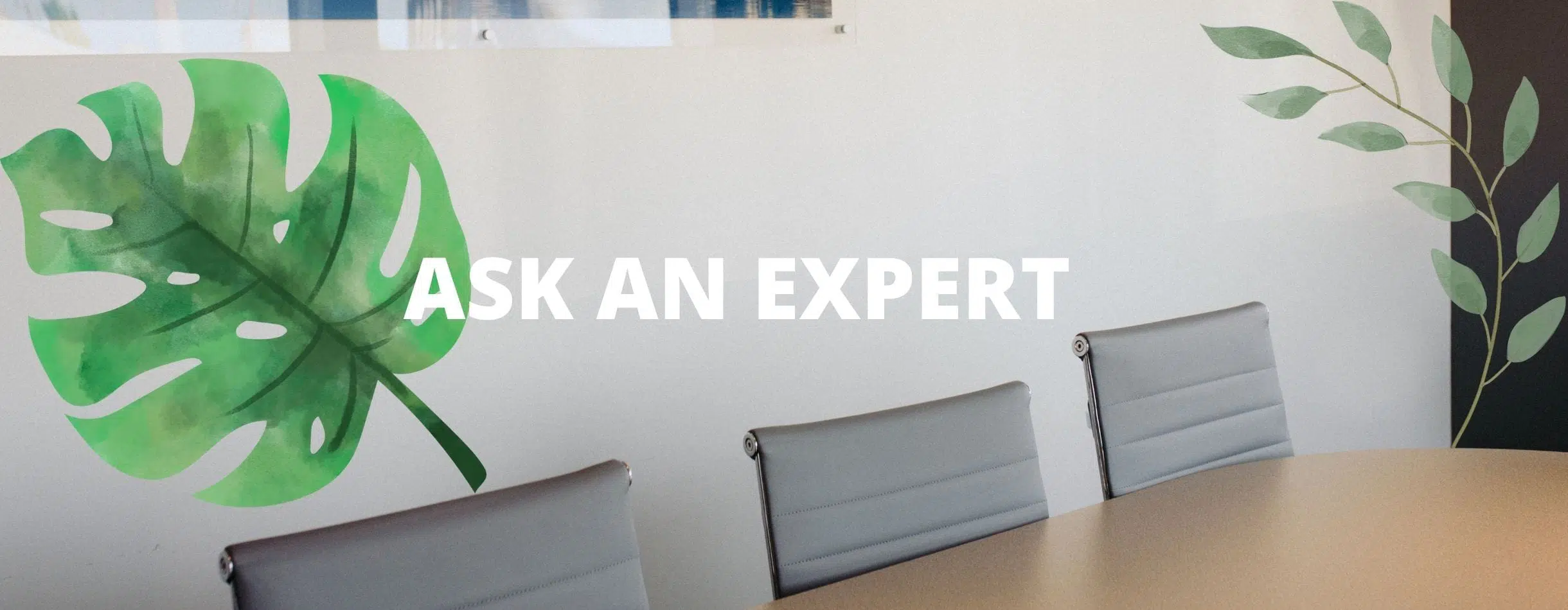[ASK AN EXPERT] How Do Nonprofits Raise More Money Through Their Newsletters?


Full Platform Overview Chat With Us



Full Platform Overview Chat With Us




Our Ask An Expert series features real questions answered by Claire Axelrad, J.D., CFRE, our very own Fundraising Coach, also known as Charity Clairity.
Today’s question comes from a nonprofit employee who wants advice on how to raise more money through their nonprofit newsletters.
Dear Charity Clairity,
Our newsletter isn’t bringing in many donations. I’d like to change this, and I have read I should include a lot of gratitude and impact reporting if I want it to be donor-centered. My boss wants to include major features about our programs, partly to drive new clients our way.
What should I do? If the newsletter goes out to both donors and people who have not yet donated but who have signed up to get the newsletter, shall I talk to those who haven’t donated as if they have donated?
— Trying to be all things to all people
Dear Trying to be all things to all people,
These “one size fits all” tactics often end up fitting no one well. So, I think you’ve answered your own question by your signature. Because you can’t be all things to all people, you should segment your lists of supporters and donors into different groups and tailor your emails based on who you’re talking to in that piece of communication.
For that matter, you should also personalize those emails as much as possible. Are you using an email solution that allows you to add in your recipients’ first names to your emails? If not, you need to find one and start doing so ASAP.
When I see “Dear Claire” at the beginning of an email, that greeting lets me know that you know me and are speaking directly to me. Speaking to me like I’m a donor—when I haven’t yet made a donation—won’t work all that well. I’ll feel like you don’t know me and aren’t speaking directly to me. Because of that, I’ll think your email isn’t for me, and I might not keep reading or take the action you’d like me to take.
My best advice is to create slightly different versions of your newsletter to send to your different audiences. People expect tailored experiences in today’s marketplace. They get personalized emails from Amazon and other companies they interact with every day, so why wouldn’t they get one from you?
I know, I know. You might be thinking that Amazon has the bandwidth and budget to spend the time to create these emails and the money to invest in technology you might not be able to afford.
In some ways, that’s true. However, your supporters aren’t likely taking that into consideration. All they’re seeing is an email that isn’t written for them. And, let’s face it, they’ll receive emails from nonprofits that do send personalized newsletters.
Once you decide to segment your supporters and create emails for each audience, think about what the different goals are for each newsletter. With donors and volunteers, your goal is probably to show gratitude and demonstrate the impact that they made possible.
In your email, you can say things like:
While there are places where it will make more sense to use second person plural pronouns (we, our) in these emails, you should use those second person singular pronouns (you, your) more often. And, whenever possible, write the email as if you’re speaking to one donor.
When writing these emails, you should also think about what you can do so the donor feels good about contributing to your nonprofit, trusts that you’re using their funds as promised, and is inclined to give again. When you do so, you’ll likely see an increase in your donor retention rate, average gift size, and fundraising revenue.
I think of a donor and supporter appreciation newsletter as a happiness delivery system. This newsletter isn’t a solicitation email; it’s one that cultivates your supporters and reminds them of their purpose and how they’ve carried out their values by supporting your nonprofit.
If you can’t tweak things and absolutely must send one generic newsletter to everyone on your list, I recommend talking about what their support helped your nonprofit accomplish.
Instead of treating everyone on the list like a donor, use phrases like “your support means a lot.” This will communicate that you believe those people who haven’t donated are still making an impact and supporting your cause just by choosing to be on your mailing list.
Here are some things such a newsletter can include:
For print newsletters, you should include a generic remit envelope and a call to action, such as asking them to make a donation in honor or memory of a loved one. For email newsletters, you should include a button that says “Tell me more” or “Give now.”
No matter whether you’re sending a cultivation email or a solicitation email, the most important thing is that you give supporters an easy way to donate should they choose to do so.
When explaining this to your boss, try to get them to see that your job is to make it easy for your supporters to give and that sometimes that means creating separate emails.
Wishing you great success,
— Charity Clairity
Have a question for our Fundraising Coach?
Please submit your question here. Remember, there are no stupid questions! If you need an answer, it’s likely someone else does too. So help your colleagues by asking away. Please use a pseudonym, like “Trying to be all things to all people” did, if you prefer to be anonymous.

Comments